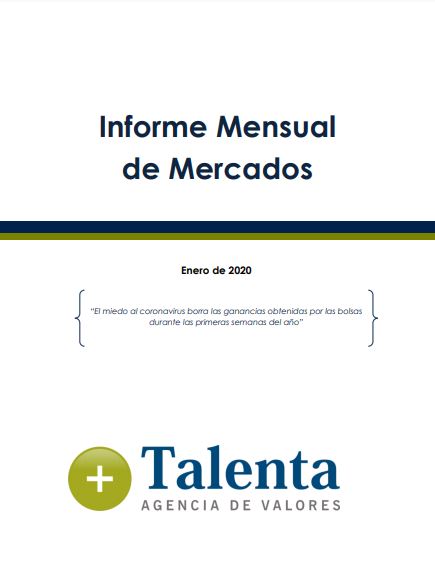Key aspects:
The markets began the year with increases, continuing the upward trend seen during the previous year. The fact that the USA and China confirmed the signing of Phase 1 of their trade agreement in mid-January encouraged investors. However, two events increased volatility significantly, even erasing the gains achieved and even placing European indexes in the negative terrain. On December 3, the United States attacked the Baghdad airport with drones, ending the life of Iranian General Soleimani. The fear of harsh reprisals by Iran resulted in sharp falls for all exchanges. After the attack by several US bases in Iraq without causing casualties, Trump ruled out new military actions that calmed the markets. The main protagonist of January was the coronavirus. As news about the disease became known the bags began to give way. The fear of being able to be in front of a global epidemic that reduces GDP growth caused significant sales episodes for the stock markets. The declaration of international alert by the WHO led the world indexes to mark their minimums for the month. The fact that the Chinese stock market remained closed for the celebration of the Lunar New Year, prevented major evils in the markets. The North American indexes with the exception of the Nasdaq closed the month completely flat. Europeans meanwhile, ended January with falls. The macro data known in Europe surprised negatively, highlighting the growth figures of GDP in France and Italy that showed a contraction of both economies during the last quarter of 2019. On Friday, January 31, the United Kingdom finally left the European Union. However, all trade negotiations between the two economies remain pending, a situation that will last 11 months until the last day of 2020. Read the full report by clicking here:


